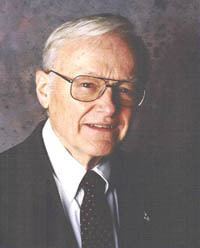Nationality American Name Bill English | Role Computer engineer | |
 | ||
Known for Development of the computer mouse | ||
William "Bill" K. English is a computer engineer who contributed to the development of the computer mouse while working for Douglas Engelbart at SRI International's Augmentation Research Center. He would later work for Xerox PARC and Sun Microsystems.
Career
English joined SRI in the 1960s to work on magnetic drives, and built one of the first all-magnetic arithmetic units with Hewitt Crane. In 1964, he was the first person to join Douglas Engelbart's lab, the Augmentation Research Center.
He and Douglas Engelbart share credit for creating the first computer mouse in 1963; English built the initial prototype, and was its first user, based on Engelbart's notes. English led a 1965 project, sponsored by NASA, which evaluated the best way to select a point on a computer display; the mouse was the winner. English was also instrumental at The Mother of All Demos in 1968, which showcased the mouse and other technologies developed as part of their NLS (oN-Line System). In particular, English figured out how to connect a terminal in the San Francisco Civic Auditorium to the host computer at SRI, and also transmitted audio and video between the locations.
He left SRI in 1971 and went to Xerox PARC, where he managed the Office Systems Research Group. While working at PARC, English developed a ball mouse, in which a ball replaced the original set of wheels. It worked similar to a moveable ball-based mouse device called Rollkugel, which had been developed by Telefunken, Germany, and was offered since 1968 as input device for their computers.
In 1989 he went to work for Sun Microsystems on internationalization efforts.
